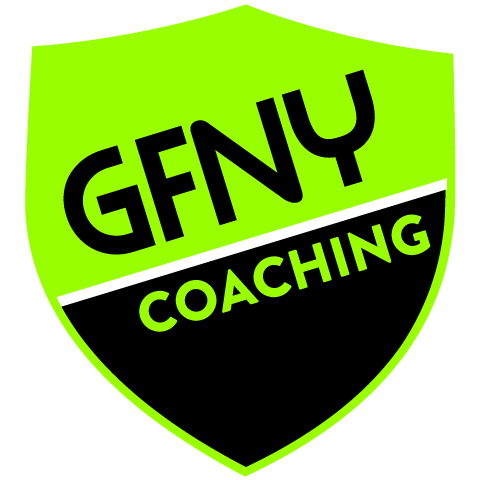On-the-Bike Nutrition Guide
On-the-bike nutrition is one of the keys to performance during long events like GFNY races. Developing a nutrition strategy takes knowledge of best practices followed by planning, practice, and training. In this guide, we’re going to give you practical advice on how to best create your nutrition plan for race day.
What do I need?
By far the most important macronutrient during endurance exercise is carbohydrate. This should be no surprise, but what is a surprise to many athletes is how much carbohydrate they should be taking in.
Leading sports nutritionists suggest that for events longer than 2.5 hours, cyclists should be shooting for at least 60 grams of carbs per hour, with up to 90 or even 100 being ideal in many cases.
This is a large range. Athletes who burn more (either larger or stronger athletes) should aim for the top of this range. Smaller or less powerful athletes can aim for more in the 60-70 grams of carbohydrate per hour range.
It’s important to remember that carbohydrate absorption rates are higher when mixing carbohydrate sources (glucose/fructose, for example). All athletes should consider mixing carbohydrate sources, but it’s absolutely necessary for athletes shooting to take in 80+ grams of CHO per hour.
The other macronutrient that you may need during exercise is protein. Protein intake is significantly less important than carbohydrate intake, but it may increase endurance in some cases, and it definitely reduces muscle damage and can speed the recovery process. However, some riders have trouble stomaching much protein during high-intensity efforts. We suggest trying it. A good top-end goal for protein intake is .25 grams/kg of body weight/hour.
That’s a lot of Carbs. How do I take them?
Firstly, it’s absolutely key to start with a good sports drink. A good sports drink hydrates you better than water, replenishing key electrolytes, while simultaneously providing carbohydrate.
Many drinks now are based around two or even three carbohydrate sources. As we mentioned before, this is key to raising absorption. By starting with a high-carbohydrate drink mix based on multiple sources of carbohydrate, you will go a long way towards ingesting enough carbohydrate while simultaneously hydrating yourself.
In the case that you want to try to incorporate protein, as well, many drink mixes and bars have an appropriate amount of protein, but it’s less common in gels. Again, please try this in training, as it upsets the stomach of some athletes.
Your nutrition plan should use a mix of at least a couple of the following: gels, bars, and solid foods like fruits. It’s key to test this in training, and find out what works for you, as we’ll discuss soon.
Training and Practicing Your Nutrition
Good nutrition doesn’t just happen by accident, or come from last-minute planning the week of the race. It must be planned, practiced, and trained in the process of training for your event.
The first step is to do some math and see how many carbohydrates you’re taking in during events or long training rides. Don’t be surprised if you’re far below the quantities we’re recommended.
Then, begin to practice your race-day nutrition on occasion. The best time to do this is during long, hard training rides that most closely mimic the event.
This is the time to gradually increase your carbohydrate intake week after week until you get to your goal. At the same time try different nutrition products to find what works for you. It’s key to find products that let you get in enough carbohydrate and don’t cause any GI distress.
Repetition is Key
Once you’ve found a strategy that works for you, practice it. Just like training, repetition is a key to success. You want to be sure you have a nutritional strategy you’ll stick to come race day: even with adrenaline coursing through your veins, even if the weather is bad and your food is buried beneath jackets, even as you’re watching the moves of your competitors. Many racers who create a great nutrition plan but never reinforce those habits in training find they arrive at the end of the race with pockets full of uneaten food.
Remember, the right nutrition plan is the easiest way there is to get faster. It doesn’t require more hours on the bike or more intervals, and the financial investment required is tiny compared to buying faster equipment. So plan, practice, and execute on race day, and you’ll perform at your best.
Tags: Nutrition
